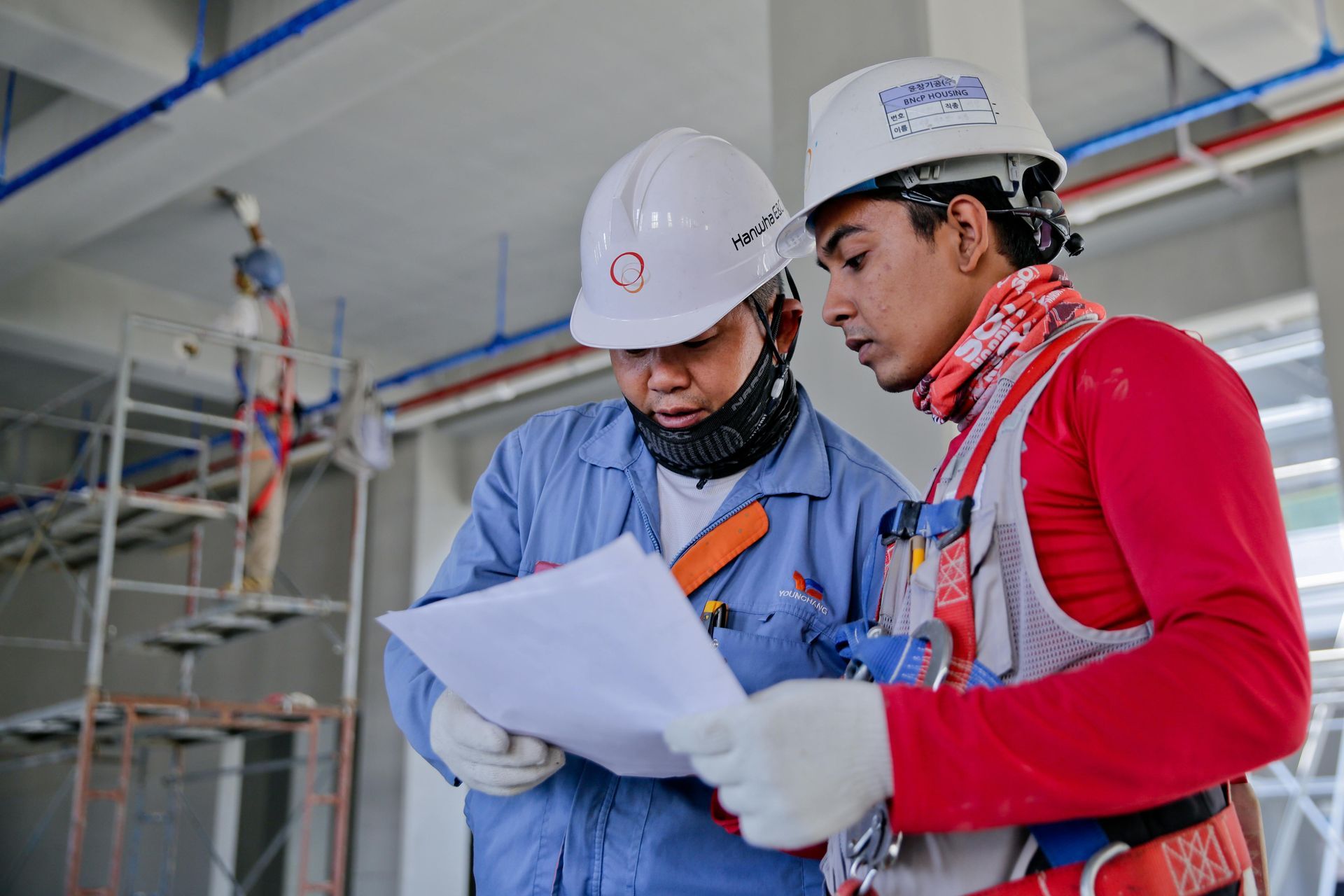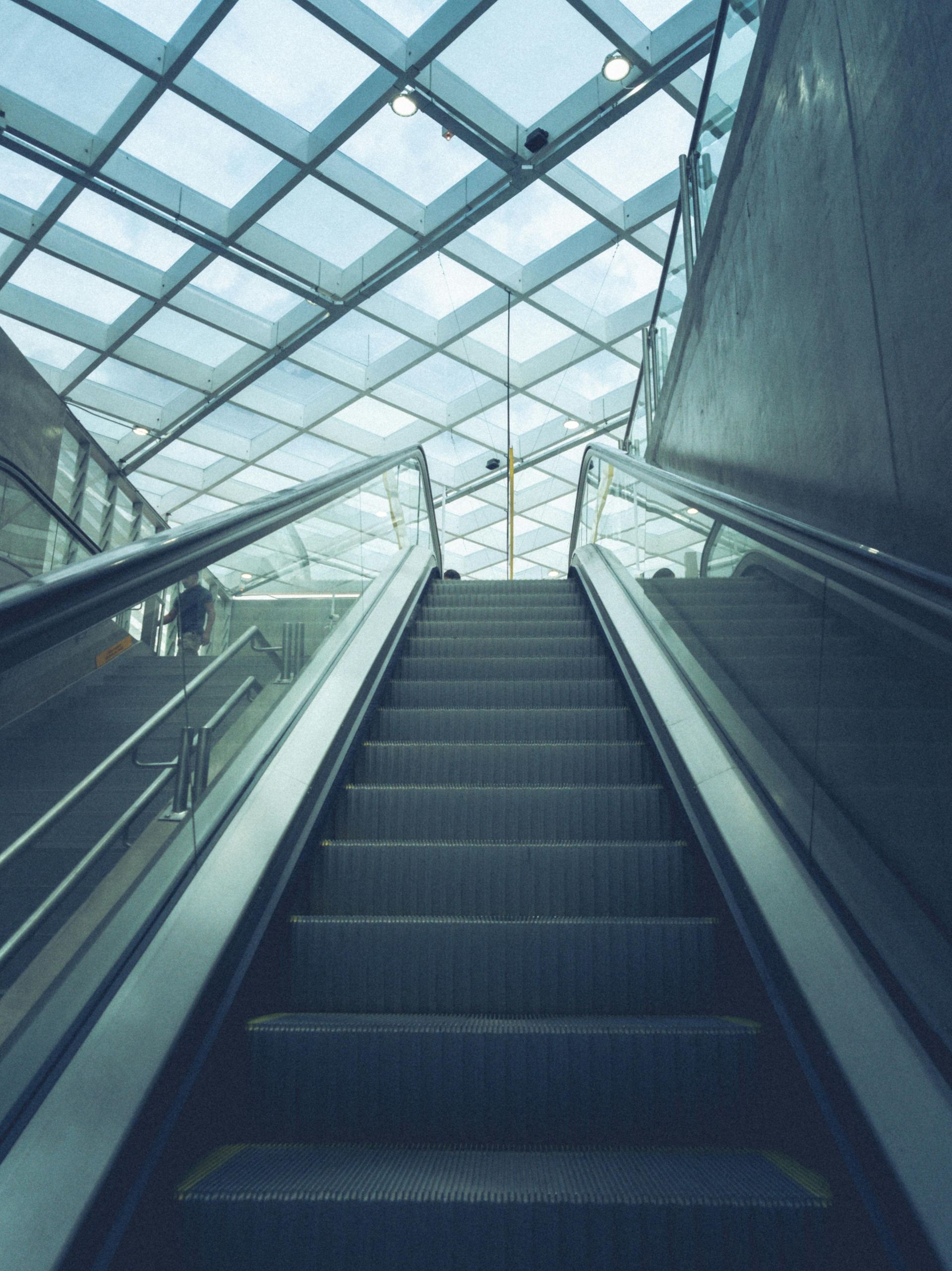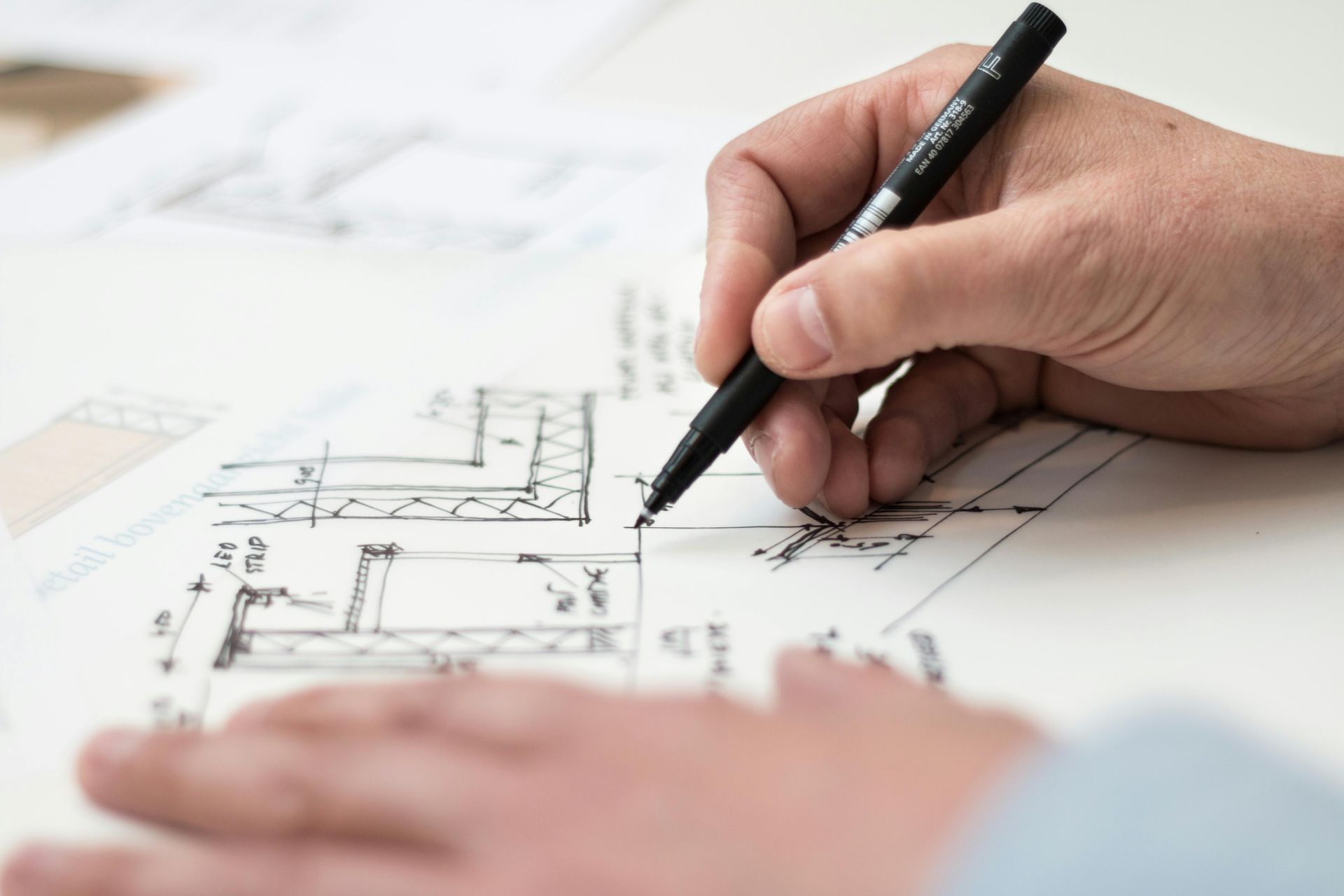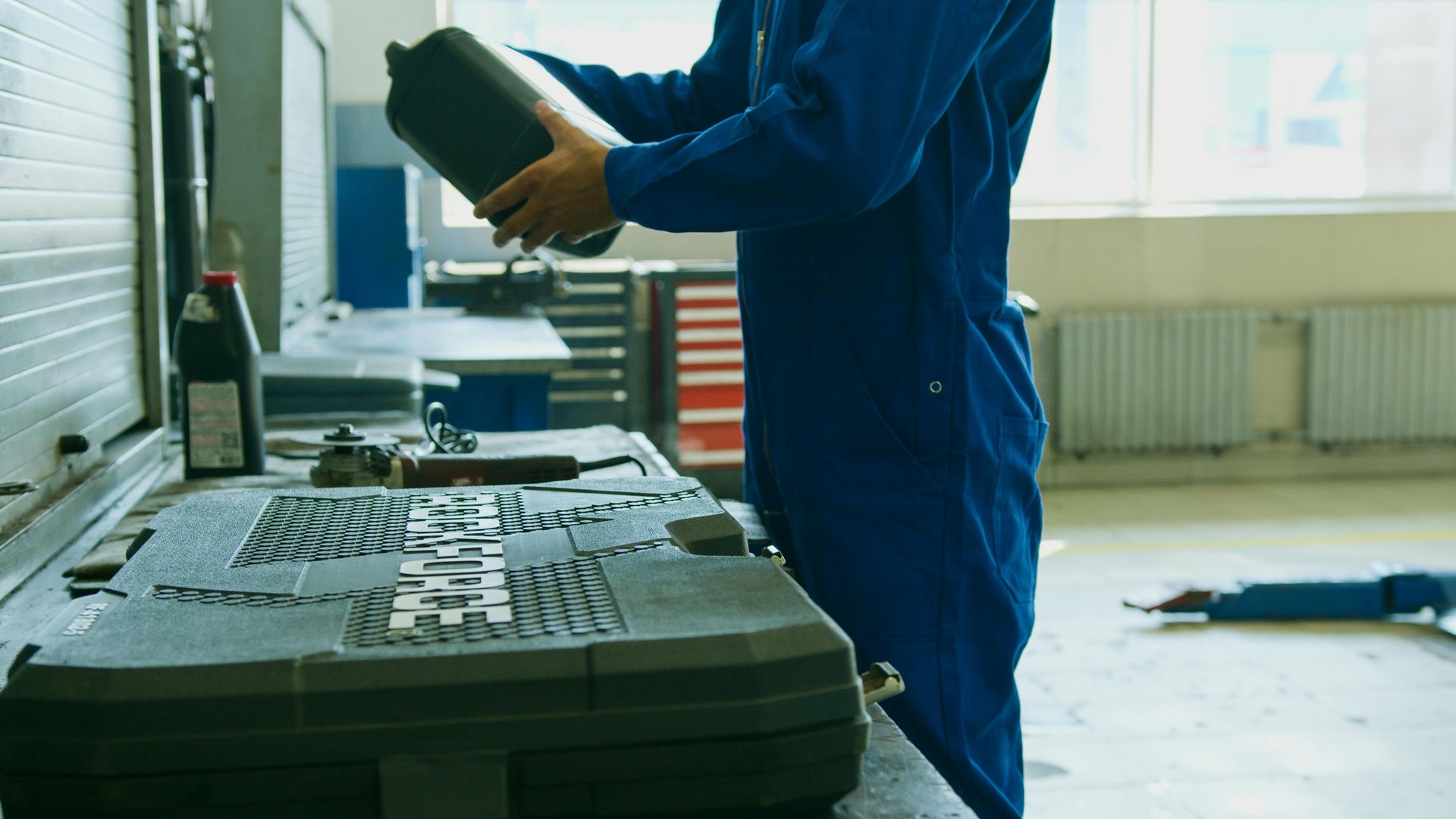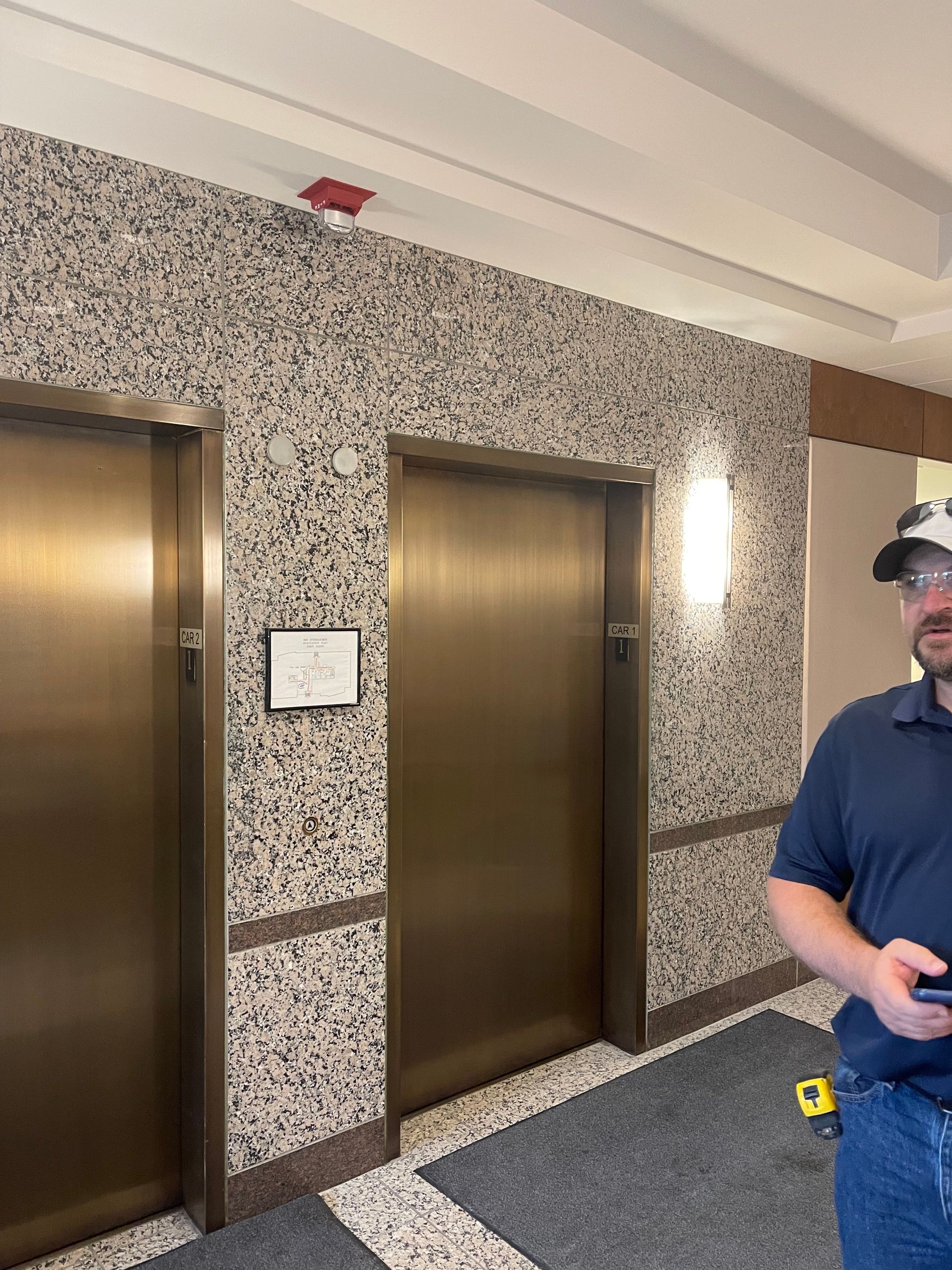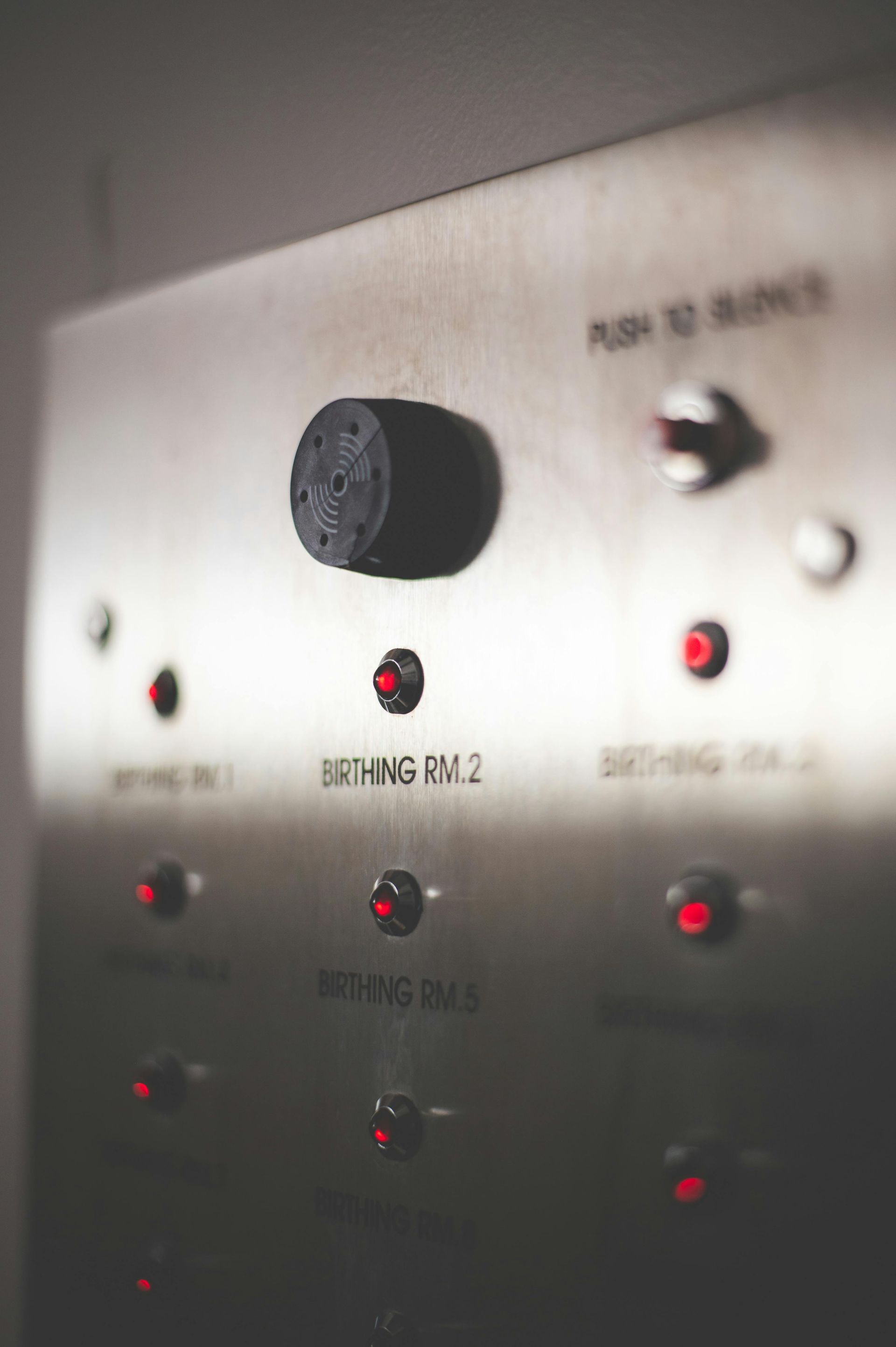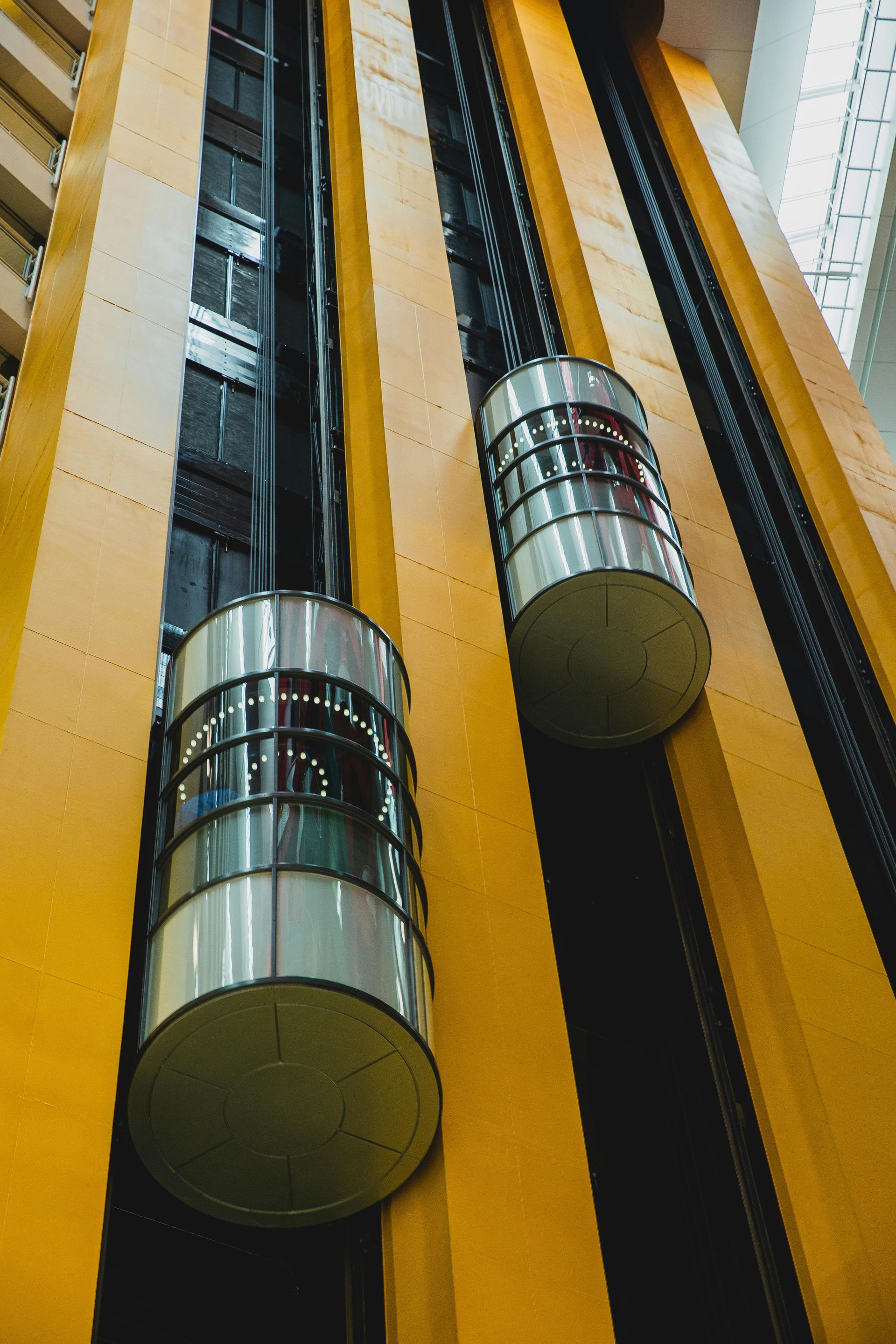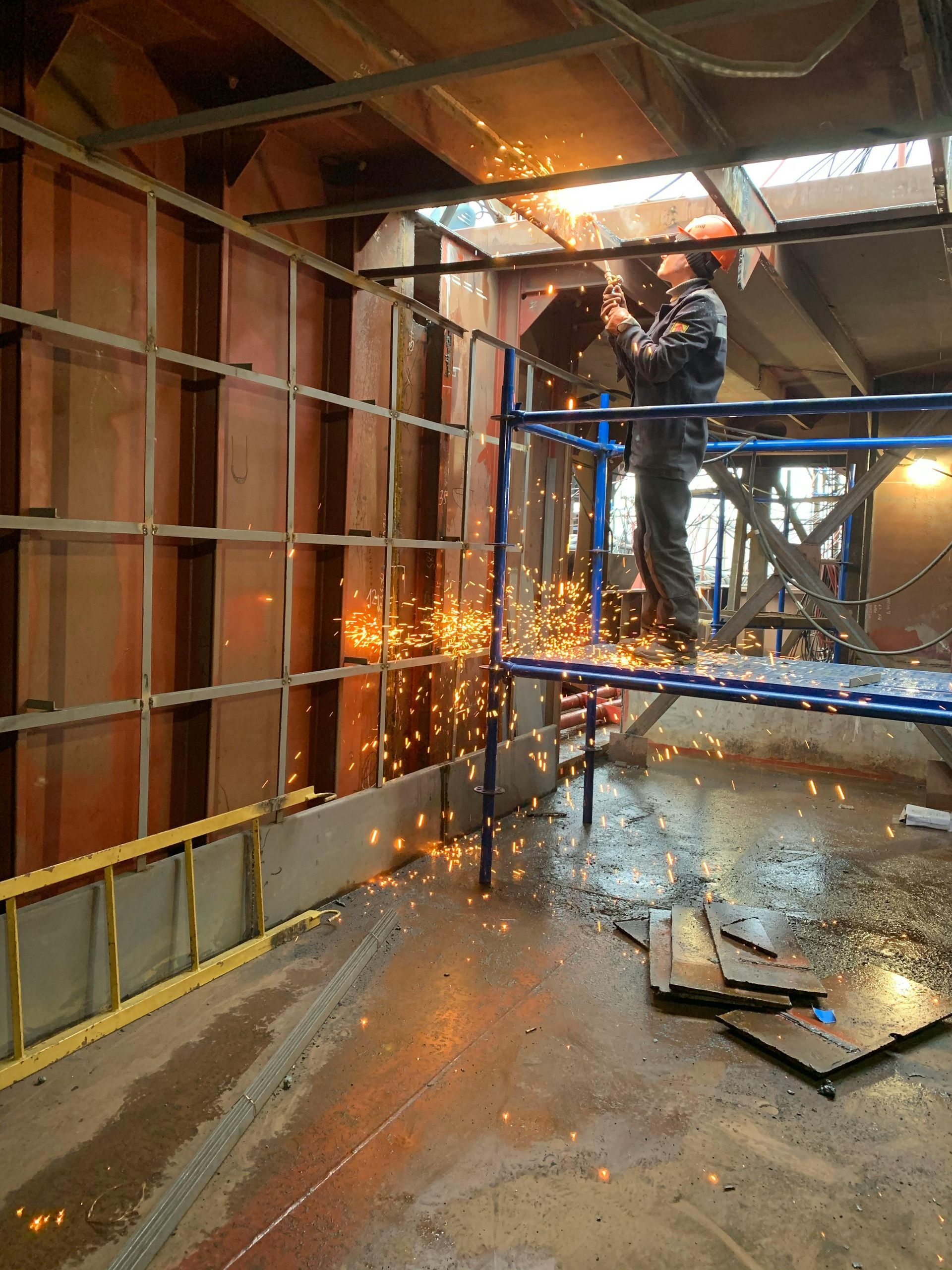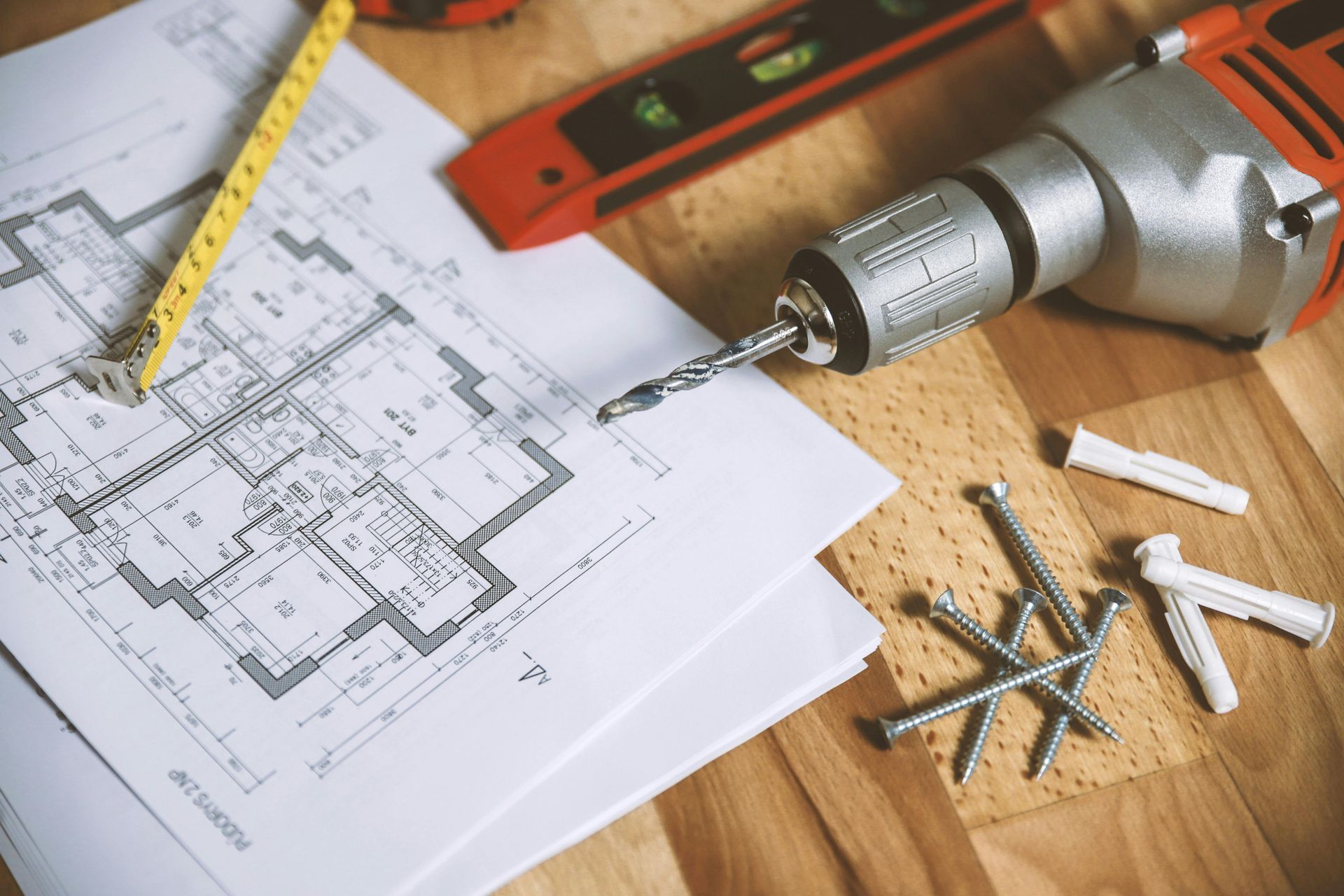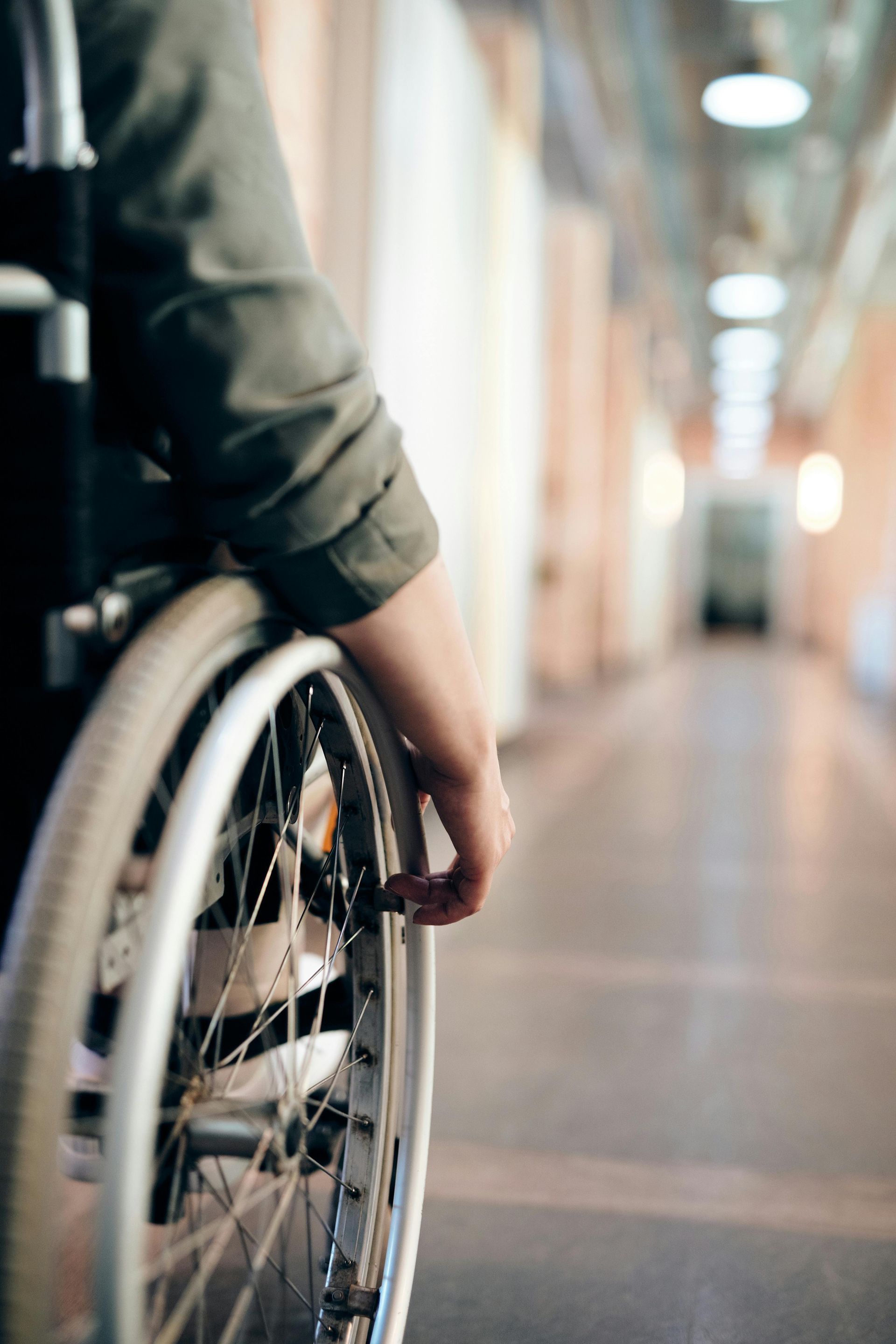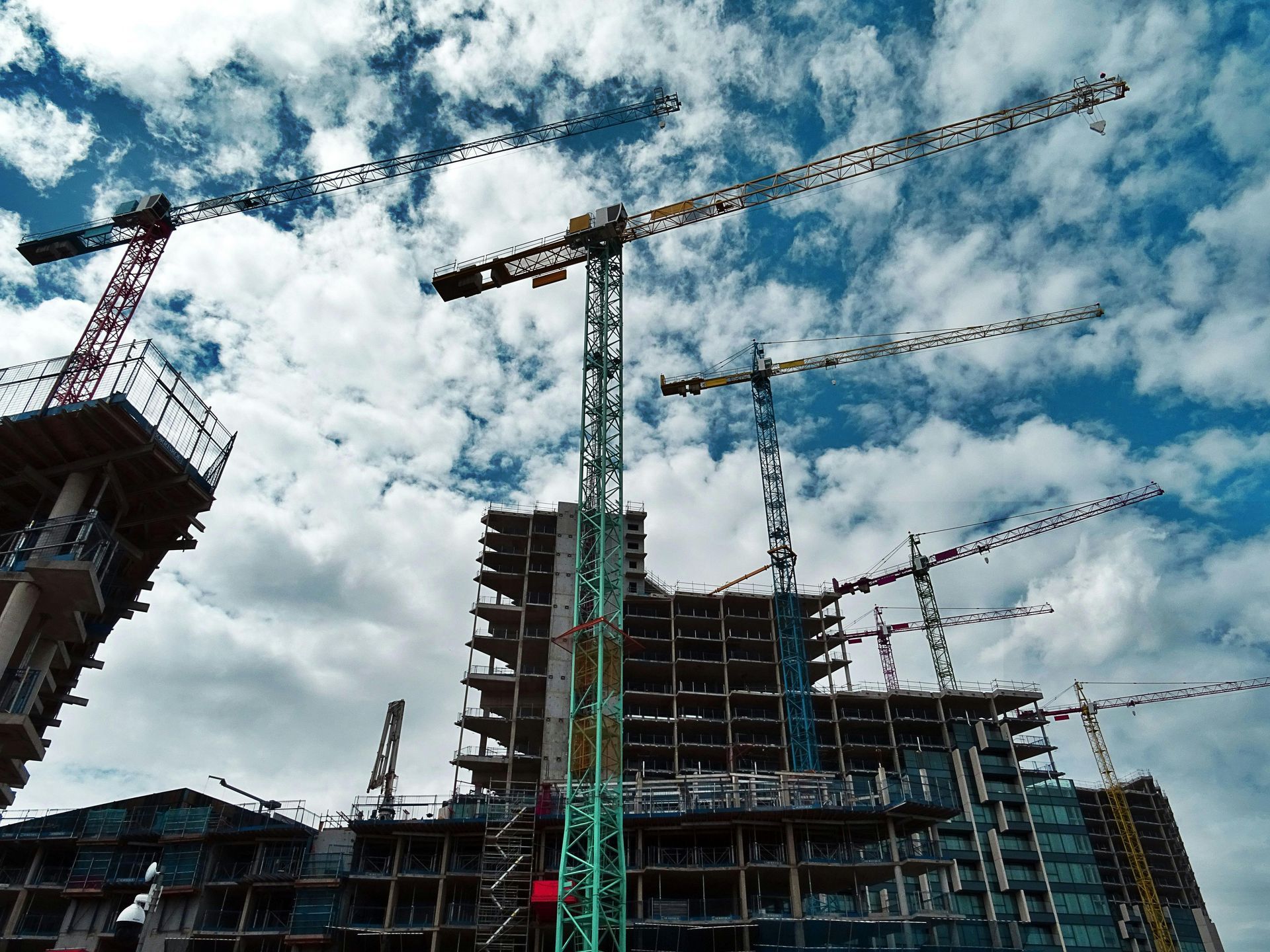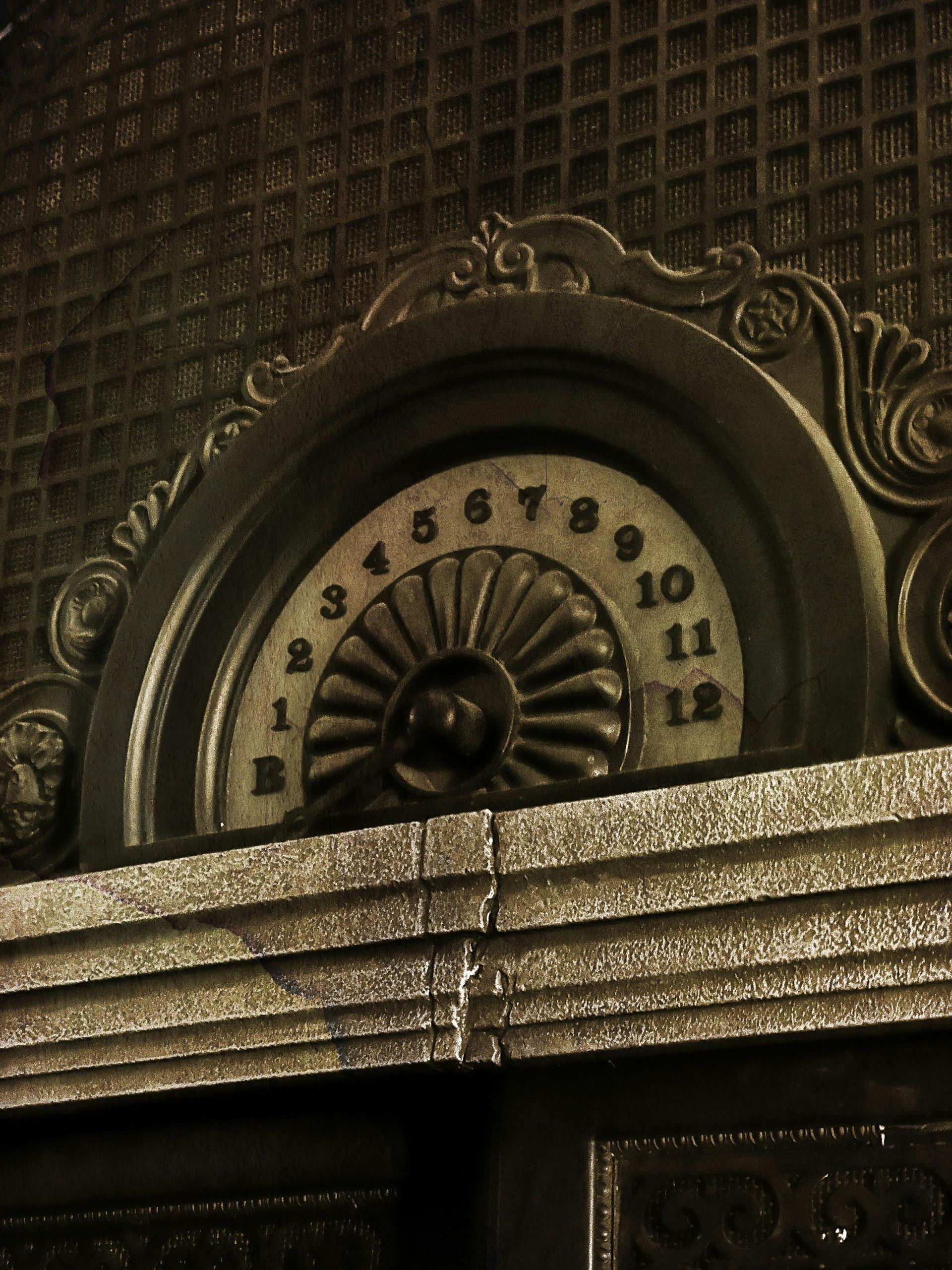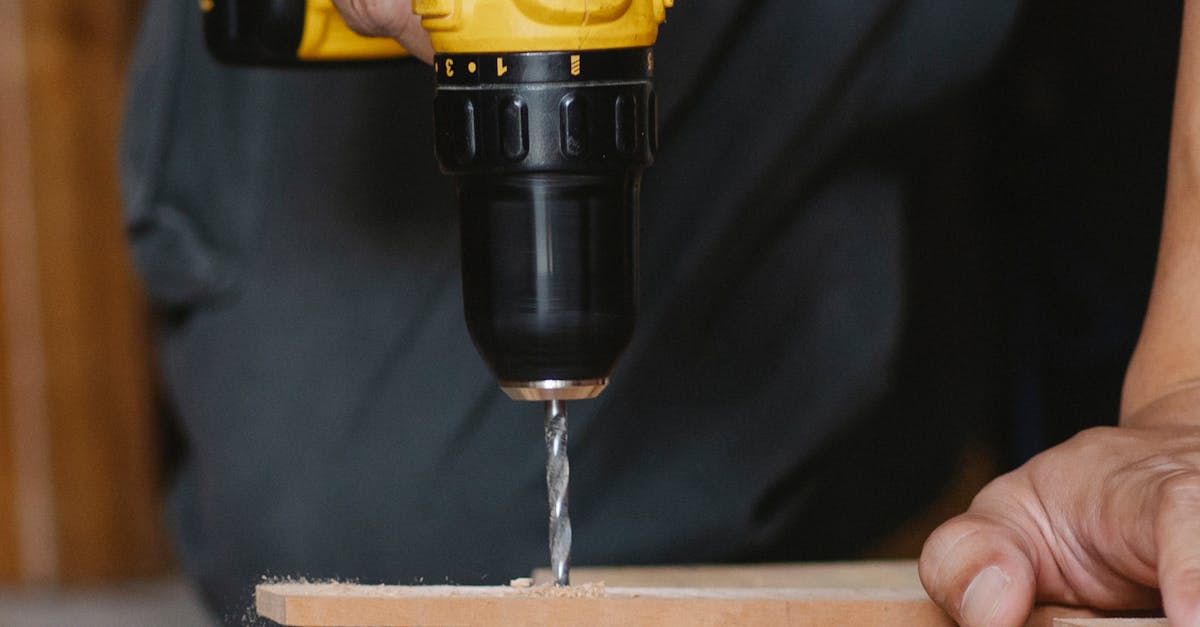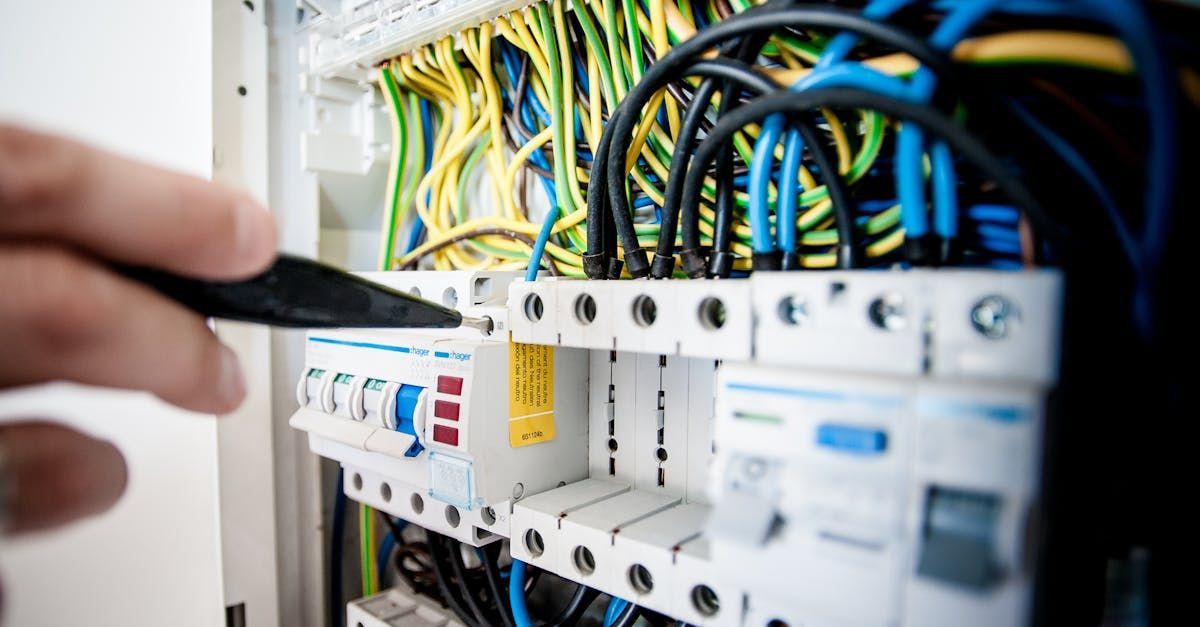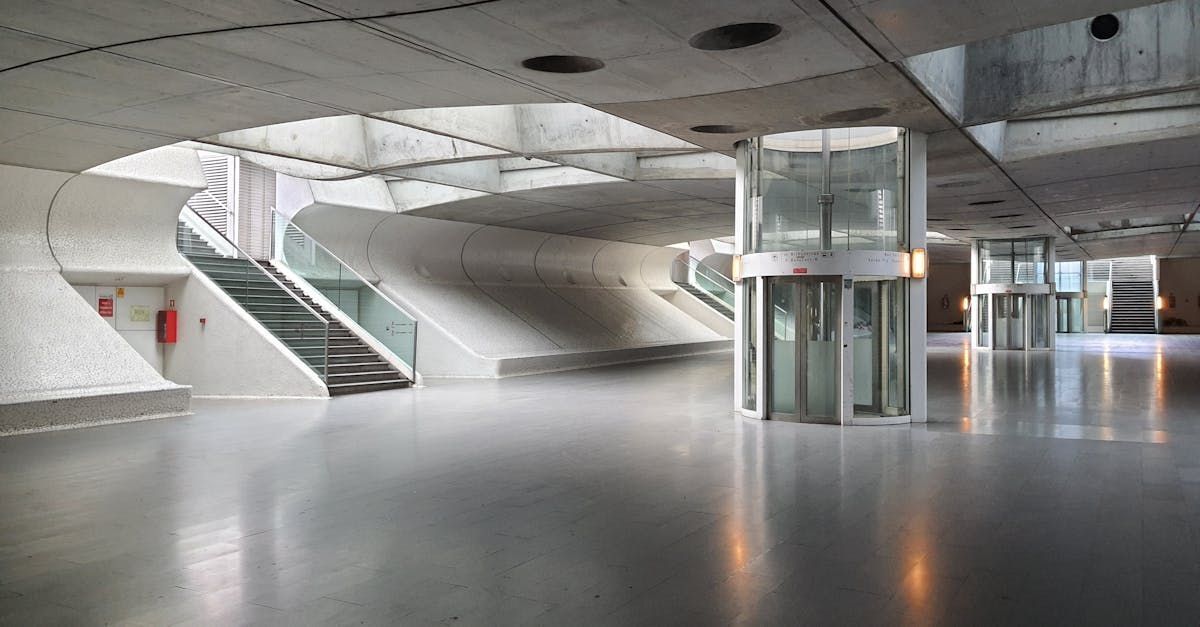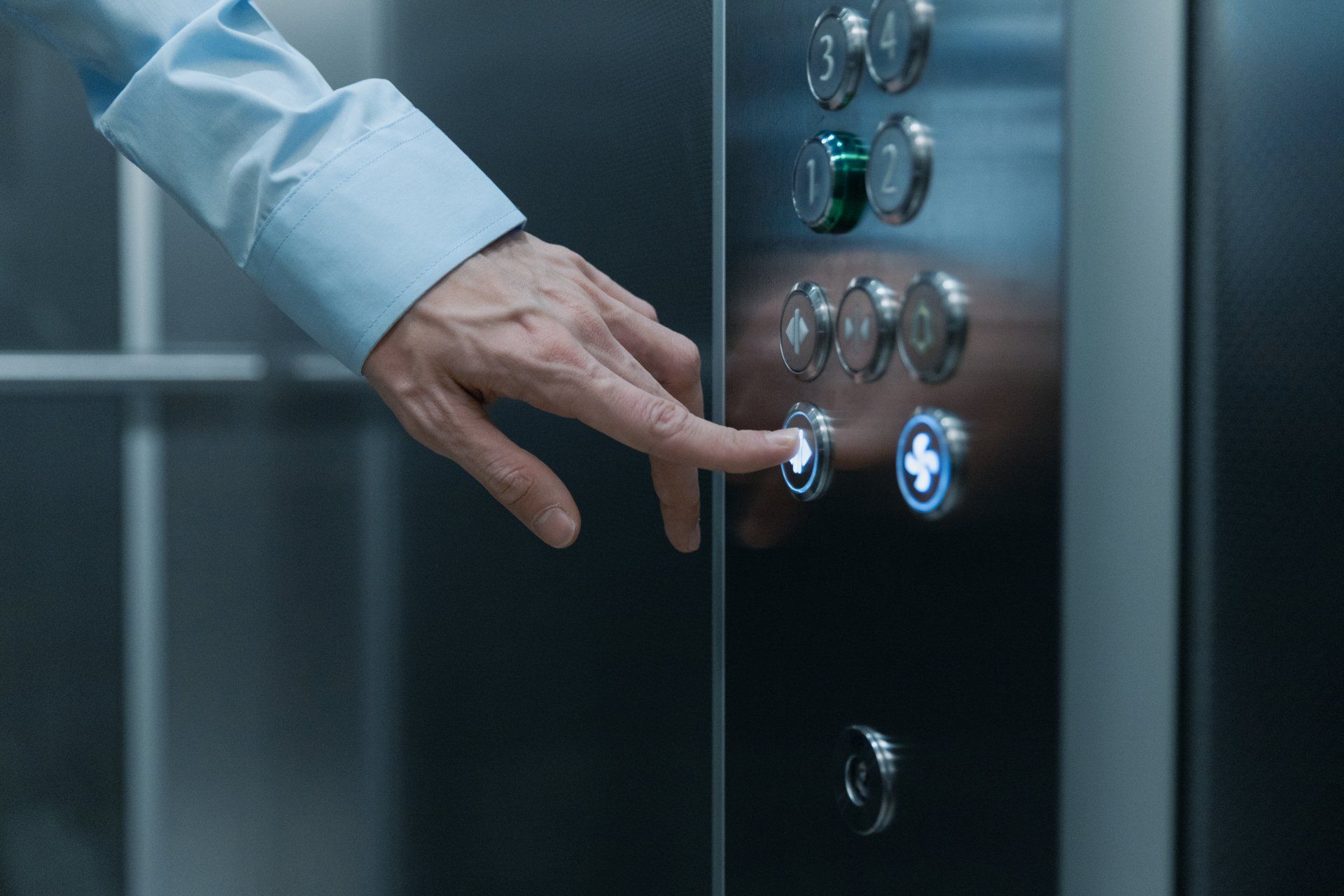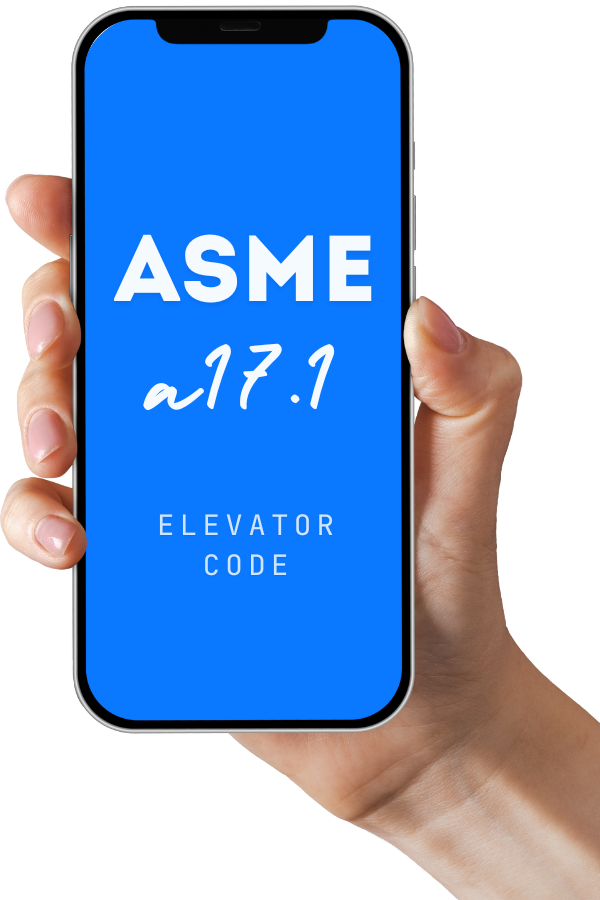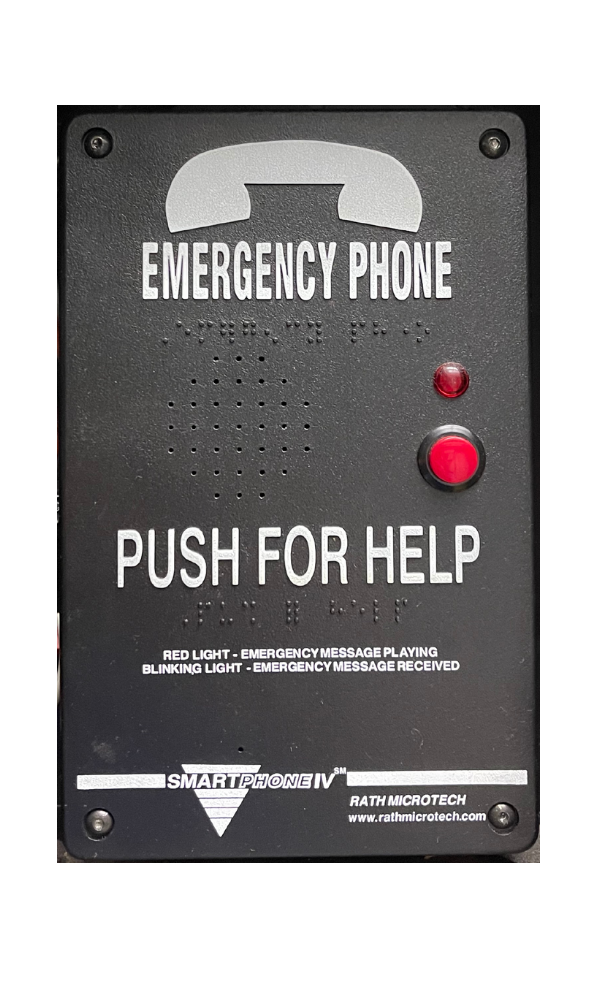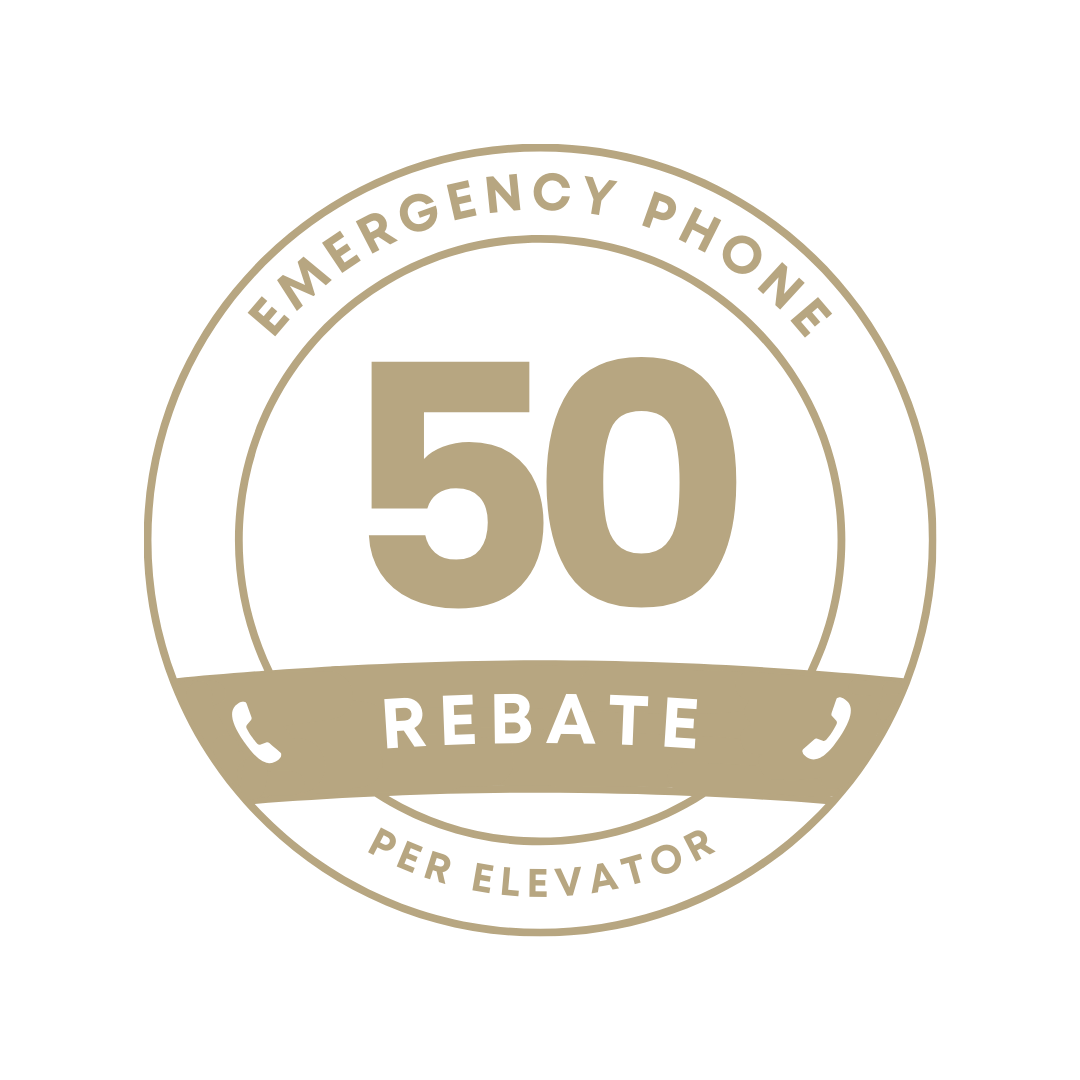Elevator Codes and Standards You Should Know
Key Highlights
- To keep elevators safe and up to code in different buildings, there are specific rules and standards that need to be followed.
- In the United States, ASME A17.1 is a key set of guidelines for elevator safety, while Europe relies on EN 81.
- These codes touch on everything from how an elevator should be designed, what kind of doors it needs, the size of the car, ways to communicate in emergencies, and making sure they're accessible to everyone.
- For those who own buildings with elevators inside them ensuring these codes are met is crucial for keeping things running smoothly without any hiccups or dangers.
- Not just public lifts but also private ones in homes along with platform lifts and escalators have their own sets of must-follow rules within these codes too.
- -With new advancements like smart elevators that save more energy coming into play; they're all being shaped by what's outlined in these important safety regulations.
Introduction
In today's world, elevators play a key role in making it easy for us to move up and down different buildings, be it homes or office towers. They're super important for getting around floors quickly. But, to make sure these elevators are safe and work like they should, there are certain rules and guidelines that need to be followed. These include how they're built, put into place, used daily by people who ride them as well as looked after over time. By sticking to these regulations carefully designed with our safety in mind we can avoid mishaps and ensure everyone using the elevator is protected.
Understanding Elevator Codes and Standards
Elevator codes and standards are basically rules that tell you how to make elevators safe. They talk about everything from how the elevator should look, to the size of its doors, how big it should be inside, ways to talk in an emergency, and making sure everyone can use them easily. The whole point is to keep people and buildings safe when they're using elevators. For building owners and those who make elevators, following these rules is super important so they don't get into trouble or have any money problems because of safety issues.
The Importance of Compliance
For building owners, sticking to elevator codes and standards is super important. It's all about keeping everyone safe and cutting down the chances of accidents or injuries that have anything to do with elevators. By doing regular maintenance and fixing up elevators as required by safety rules, they can spot and fix any mechanical or electrical problems that might mess with how the elevator works. On top of this, following these safety guidelines also keeps building owners out of legal trouble and makes sure their property ticks all the boxes for being safe.
Overview of Key Elevator Codes
In the United States, when we talk about keeping elevators safe, there are two main sets of rules that people follow: ASME A17.1 and ANSI A17.1. The American Society of Mechanical Engineers (ASME) came up with ASME A17.1 to make sure elevators and escalators are safe for everyone to use. This includes making sure the elevator is built right, has doors that work properly, is big enough inside, can call for help in an emergency, and can be used by people who need extra access due to disabilities or other reasons. Then there's ANSI A17.1 which basically agrees with everything in ASME A17.1 but it's what the whole country uses as its guide for elevator safety along with how escalators and moving walks should safely operate.
Major Elevator Safety Codes
In the United States and Europe, people rely on two main sets of rules for making elevators safe. Over in America, they use something called ASME A17.1, which was put together by a group known as the American Society of Mechanical Engineers. This set of guidelines talks about how to make elevators and escalators safer by focusing on things like how an elevator should be built, what kind of doors it needs, how big the inside should be, ways to talk during emergencies, and making sure everyone can use them easily. Across the ocean in Europe, there's EN 81. It's pretty similar because it also deals with keeping elevators up to snuff but throws escalator safety into the mix too.
ASME A17.1 - Safety Code for Elevators and Escalators
The ASME A17.1, crafted by the American Society of Mechanical Engineers, is a crucial safety code for elevators and escalators. It lays down the rules for how these systems should be designed, put in place, run, checked out, tested, kept up to date or fixed if needed. With an eye on everything from hoistway doors and car sizes to electrical gear and ways to talk during emergencies along with other related equipment. This set of guidelines makes sure that elevators and escalators are safe enough not just for people using them but also protects buildings themselves. For elevator makers and those who own buildings with these systems installed ensuring they stick to this code means they're doing their part in keeping operations smooth and secure.
EN 81 Series - European Standards for Elevator Design
The EN 81 series is all about the rules in Europe for making sure elevators are safe and well-designed. These rules touch on everything from how an elevator should be built, put into place, run, and kept up. By following the EN 81 series, it's guaranteed that elevators across Europe are up to scratch when it comes to safety and sticking to European laws. This includes having the right kind of doors, enough space inside the car, ways to talk during emergencies, and making sure everyone can use them easily. For folks who make elevators and those who own buildings with elevators in them, sticking to these standards is key for keeping things running smoothly without any hitches.
Accessibility Standards for Elevators
Making sure everyone can use elevators easily, especially people with disabilities, is super important. This means buildings need to follow certain rules so that these elevators are easy for everyone to get into and use. In the U.S., there's this set of rules called the ADA standards that tells you how big an elevator should be, how wide its doors have to be, where its buttons should go (and they've got to be at a height everyone can reach), plus it says you need signs in Braille and sounds telling you what floor you're on or if the door is opening or closing. Even elevators in homes aren't left out; they also have to meet these ADA standards so that houses are just as welcoming for folks who might need some extra help getting around. The whole point of all this is pretty cool – it's about making spaces without barriers where people with disabilities can move freely and feel more independent.
ADA Requirements for Elevators
The Americans with Disabilities Act (ADA) has some rules to make sure elevators are easy for everyone to use in public places. Here's what they say:
- The size of elevator cars needs to be big enough so people who use things like wheelchairs or scooters can fit.
- Elevator doors have got to be wide, making it simple for folks with mobility aids to get in and out without a hassle.
- With control panels, ADA says they need to be placed low enough so if you're in a wheelchair or find it hard moving around much, you can still reach them easily.
- For those who can't see well or at all, elevators must have signs written in Braille.
- Also, there should be sounds that tell you stuff like which floor the elevator is on because this really helps people who have trouble seeing.
By sticking these points down as must-dos for elevators' design and function ensures accessibility isn't just an afterthought but a key consideration—making spaces welcoming and usable by everyone regardless of their physical abilities.
Accessible Design Specifications
When it comes to making elevators easy for everyone to use, including people with disabilities, there are certain rules about how they should be built. These rules talk about things like how big the elevator should be, how wide the doors need to open, where the buttons go and how high they should be placed. They also mention having signs in Braille and making sure there are sounds that tell you what floor you're on or if a door is opening or closing. For elevators in private homes, these guidelines might change a bit based on what the person living there needs. The main idea behind all this is to make sure that everyone can move around freely in buildings and their own houses without running into problems.
Innovations in Elevator Technology
With the latest changes in elevator tech, things have really turned around for the better. Now, we've got elevators that are safer, work faster, and are kinder to our planet. Thanks to smart elevators that use IoT (Internet of Things) technology, keeping an eye on them in real-time has become a breeze. This means they can predict when they'll need fixing and make rides smoother for people using them. On top of this, there are energy-saving elevators out there with fancy control systems and something called regenerative drives which help cut down on how much power they use and their impact on the environment. All these updates not only make elevators work better but also play a part in making our future more eco-friendly.
Smart Elevators and IoT Integration
Elevators that are smart and work with IoT technology bring a lot of good stuff to the table, like being more efficient, safe, and making rides better for people. With IoT tech on board, you can keep an eye on elevators in real-time. This means you can fix things before they even go wrong and cut down on times when they're not working. By checking things from afar and using smart analytics to spot problems early, we can avoid big issues that stop elevators from running. Smart elevators also make emergency communication way better by allowing quick responses which keeps everyone safer. When these elevators connect with systems that manage buildings through IoT, controlling them gets a whole lot easier which helps everything run smoother and saves energy too. All this cool new tech is really changing how we think about elevator services by making them smarter, safer to use, and kinder to our planet.
Energy Efficiency and Sustainability Standards
In today's world, when we talk about designing elevators, saving energy and being kind to the environment are really important. Elevators that save energy use special tech like regenerative drives, LED lights, and smart control systems to cut down on how much power they need. When it comes to being eco-friendly, there are rules like LEED certification that encourage buildings to be more green - this includes the elevators too. Electric elevators that run on clean energy help a lot by lowering carbon emissions and not harming the planet as much. By choosing these kinds of elevator technologies, people who own buildings can spend less money in the long run and do their part for a healthier Earth.
Maintenance and Inspection Guidelines
To keep elevators running safely and without any hitches, it's crucial for building owners and the companies that look after elevator upkeep to stick closely to certain rules and recommendations. These are found in what we call elevator codes and standards. Among these guidelines, there are a few key tasks: checking on different parts of the elevator regularly, making sure all moving parts get enough lubrication so they don't stick or stop working, testing out the emergency communication systems to ensure they're reliable when needed most, and keeping detailed records of all maintenance work done. By doing all this diligently, those in charge can greatly reduce the chances of elevators breaking down unexpectedly. This not only makes them last longer but also keeps everyone using them safe and happy.
Routine Inspection Requirements
Checking elevators regularly is key to keeping them safe. These checks spot any problems or dangers that might put people using the elevator at risk. By doing these inspections often, we make sure elevators work right and follow safety rules.
When it comes to making sure everything's safe, not just elevators get looked at but escalators and freight elevators too. Escalator safety is important because like with lifts, they need to be checked so they're working safely. Freight elevaters are mostly for moving goods around but sometimes carry people too; these also have to be inspected regularly for everyone's safety.
For building owners and those running places with lifts and escalates, staying on top of maintenance through regular checks means catching issues early on. This way, everyone can trust that the lift or escalator will run smoothly without any hiccups.
Record-Keeping and Compliance
For building owners, following the rules for elevators is super important to make sure everyone in the building stays safe and that they're doing what the law says. Keeping track of everything through records is a big part of this. It shows that they regularly check their elevators, keep them up to snuff, and fix any problems according to safety standards.
With these records, which include details about inspections, upkeep tasks, and any fixes or changes made to the elevators, building owners can prove they're on top of things. This paperwork isn't just about meeting legal requirements; it's also key in making sure elevators work well and safely all the time. Plus, if there are issues that keep popping up with an elevator system over time? These documents help spot those trends early on so something can be done before bigger problems arise.
Global Differences in Elevator Standards
Around the world, the rules for elevators differ from one place to another. Each country or region follows its own regulations and guidelines. Even though the basic ideas behind elevator safety are pretty much the same everywhere, there are still important differences in what exactly is required.
The reasons why these standards vary so much include things like local building laws, cultural practices, and new technologies. For people who make elevators, those who own buildings with elevators in them, and experts in this field, it's really important to know about these differences. This way they can make sure everything is up to code and safe when they work with elevators in various places around the globe.
Comparing US and European Elevator Standards
The United States and Europe have their own distinct elevator standards, each with its own set of safety codes and regulations. Comparing these standards can provide insights into the similarities and differences in elevator safety requirements.
While both the US and Europe prioritize elevator safety, there are differences in the specific requirements and codes. Understanding these differences is crucial for manufacturers, building owners, and industry professionals operating in both regions to ensure compliance and safety.
Impact of Regulations on International Projects
When it comes to elevators in projects that span across different countries, the rules and guidelines of each country play a big role. These rules can really shape how an elevator is designed, put into place, and used.
With regulations varying widely, everything from safety standards to specific design needs must be considered. For those involved in these international efforts - like manufacturers, contractors, and building owners - getting a handle on these various regulations is key. It's all about making sure everything meets the required codes for safety and follows local laws.
By understanding what each country expects when it comes to their elevator codes and requirements, planning becomes smoother. This way you can make sure your elevators are not only safe but also fully compliant with wherever they're being installed.
Conclusion
Elevator codes and standards are super important because they make sure elevators are safe, work well, and follow the rules. It's really key for everyone involved in elevator projects to know these regulations so they can stick to what's required. With things like the ASME A17.1 safety code or Europe's EN 81 Series, sticking closely to these guidelines is a must-do. Innovations in how elevators work, making them easier for everyone to use, and keeping them in good shape all help improve how well elevators perform overall. By keeping up with different standards around the world and getting on board with new techs, the elevator industry can keep moving forward and offer even safer ways to move people up and down buildings.

